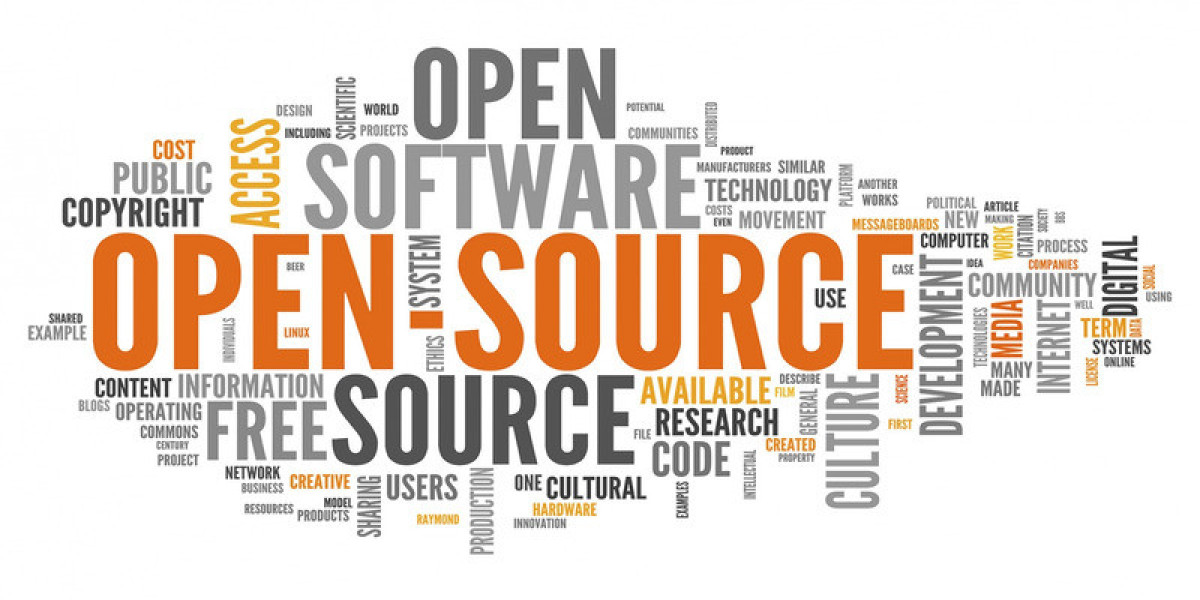Open source software has long been valued for its collaborative nature, community-driven development, and cost-efficiency. However, as more businesses adopt open source solutions, the need for sustainable revenue models has become apparent. Open source monetization has evolved to offer various ways for companies to generate income while maintaining the core principles of open source. In this article, we’ll explore some of the leading open source monetization trends that can help boost your revenue.
1. Freemium Model
One of the most popular strategies for open source monetization is the freemium model. This model allows users to access the core features of the software for free while offering premium features, services, or functionalities at a cost.
How It Works:
The base product remains open source and free to use, attracting a large user base. Advanced features, priority support, or enterprise-specific tools are offered as part of paid plans. This approach helps companies create a wide reach while offering additional value to those willing to pay.
Examples:
- WordPress: The core CMS is free, but users can purchase premium themes, plugins, and hosting services.
- GitLab: The open source version is available for free, but advanced features like enhanced security and team management are behind a paywall.
Why It Works:
Freemium models provide an excellent balance between offering free access to attract users and charging for premium services to drive revenue.
2. Dual Licensing
Dual licensing is another effective open source monetization strategy where the software is distributed under two different licenses—one open source and one commercial. This model is particularly beneficial for businesses that want to protect their intellectual property while offering community-driven innovation.
How It Works:
The open source version is available under a permissive license for general use, while a commercial version with additional features or support comes under a proprietary license for enterprises.
Examples:
- MySQL: Available under both the GNU General Public License (GPL) for free and a commercial license for organizations requiring proprietary usage.
- MongoDB: Uses a dual licensing model to ensure enterprises that modify the software for internal use pay for a commercial license.
Why It Works:
Dual licensing allows companies to benefit from the contributions of the open source community while generating revenue from commercial clients.
3. Open Core Model
The open core model is a monetization strategy where the core functionality of the software is open source, but additional proprietary features or services are offered for a fee. This approach is commonly adopted by businesses that want to maintain an open-source foundation while providing enhanced functionality to enterprise customers.
How It Works:
Users have access to the core software for free, but advanced tools, integrations, or customer support are part of the paid services.
Examples:
- ElasticSearch: Its core software is open source, but features such as machine learning, security, and alerting are available in the paid version.
- Cloudera: Offers open-source Hadoop with proprietary enterprise features for advanced data management and analytics.
Why It Works:
The open core model appeals to both individual users and businesses by maintaining a robust free product while offering premium services that can significantly enhance user experience for enterprises.
4. Cloud Hosting Services
With the rise of cloud computing, many open source companies have shifted towards offering cloud-hosted versions of their software as a service (SaaS). This open source monetization trend allows businesses to charge for hosting, maintenance, and scaling, providing a convenient and scalable option for customers.
How It Works:
Instead of users downloading and managing the software on their own, companies offer a fully hosted and managed solution. Users pay for cloud hosting, infrastructure, and managed services while benefiting from the scalability and ease of use of cloud-based applications.
Examples:
- Red Hat OpenShift: Offers enterprise-grade Kubernetes with managed cloud hosting services.
- GitLab: Provides GitLab.com as a cloud-hosted SaaS solution with premium support and security features.
Why It Works:
Cloud hosting services provide a steady stream of revenue through subscription fees while allowing users to focus on their core business rather than managing infrastructure.
5. Consulting and Professional Services
Many open source companies monetize their software by offering consulting, customization, and professional services to help businesses implement, integrate, and optimize the software. This is especially useful for complex open source projects that require a high level of expertise for proper deployment.
How It Works:
While the software is freely available, many organizations are willing to pay for consulting services to ensure smooth implementation, integration with existing systems, or for custom development.
Examples:
- Red Hat: Provides consulting, implementation, and technical support for enterprises using its open-source solutions.
- Canonical (Ubuntu): Offers professional services, including security, system management, and customization for enterprise clients.
Why It Works:
Consulting and professional services are excellent ways to generate revenue from businesses that need expertise and support to leverage the full potential of open source solutions.
6. Sponsored Features and Bounty Programs
Another interesting open source monetization trend involves sponsored features and bounty programs. Companies can offer to develop specific features for a fee or create bounty programs where users can pay to have certain functionalities developed faster.
How It Works:
Enterprises or individual users can sponsor new features, enhancements, or bug fixes by paying developers or contributing to a bounty. This allows businesses to influence the development of the software in a direction that suits their needs while contributing to the broader community.
Examples:
- OpenCollective: Allows open source projects to receive sponsorship and donations from users and organizations for specific features.
- Mozilla Firefox: Has run bounty programs where the community can submit solutions or fixes for identified bugs in exchange for financial rewards.
Why It Works:
Sponsored features and bounty programs incentivize faster development while generating income from users who require specific improvements.
7. Subscription-Based Support
Offering subscription-based support is a common way to monetize open source software. Many companies offer various levels of technical support, updates, and patches in exchange for a subscription fee.
How It Works:
While the software itself is free to use, businesses often need expert technical support to manage the software efficiently, resolve issues, and ensure security. Subscription models offer varying levels of support, from basic troubleshooting to comprehensive, around-the-clock assistance.
Examples:
- Red Hat Enterprise Linux (RHEL): Offers paid subscriptions that provide security updates, support, and extended lifecycle management.
- Docker: Offers a paid subscription for enterprise customers, including premium support and advanced security features.
Why It Works:
Many enterprises prefer to have dedicated support channels to ensure operational efficiency, making subscription-based support a reliable revenue source.
8. Open Source Foundations and Donations
Many open source projects rely on foundations or donation-based models for funding. These models can be a way to support smaller, community-driven projects, and some larger companies also use them to fund development.
How It Works:
Open source projects can seek sponsorship from corporations, individuals, or through platforms like Patreon or GitHub Sponsors. Foundations are often created to manage donations and guide the development of the project.
Examples:
- Linux Foundation: A non-profit organization that supports the development of Linux through corporate sponsorship and donations.
- Blender Foundation: Relies on donations from the community and corporate sponsors to develop Blender, a free 3D animation tool.
Why It Works:
This model aligns with the open-source philosophy, allowing the community to directly contribute to the project's success while ensuring its sustainability.
Conclusion
The rise of open source monetization offers businesses and developers a wide range of strategies to generate revenue while maintaining the collaborative spirit of open source. From freemium models and dual licensing to cloud services and consulting, there are numerous ways to capitalize on open source software without compromising its core values. By staying informed on these trends, companies can effectively boost their revenue while contributing to the open source community.







